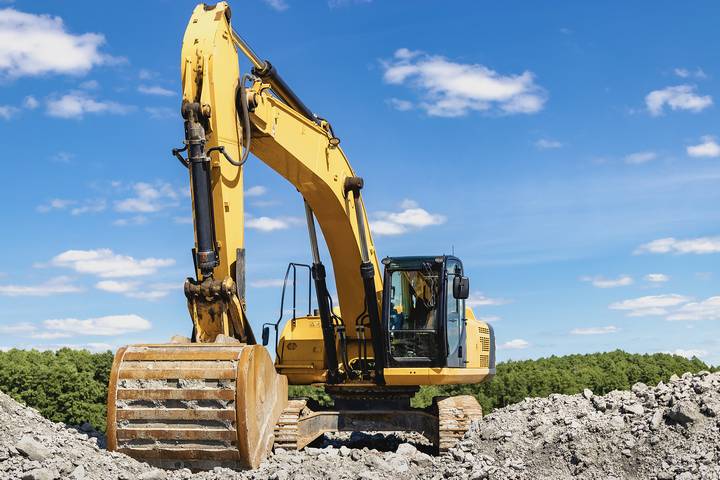You’ve probably seen them in various shows as a kid, or through hard-hitting documentaries on various channels. What you probably do not readily know, is that there is more to these types of vehicles, than initially meets the eye.
Excavators are known for their rather large nature, and look fearsome upon first glance. When heavy amounts of soil need to be moved or lifted on a relevant site, the use of an excavator is usually required. Most of these large machines come equipped with different features, along with a variety of excavator attachments that can be added for further enhancements.
Although many excavators come in various shapes and sizes, they all are single-minded in their approach; getting the project done. Depending on the type of project, a unique vehicle may be used. However, you will often see multiple types of excavators working in conjunction with one another at times.
Here are the six excavator types to know about, in further detail:
Type #1: Crawler Excavators
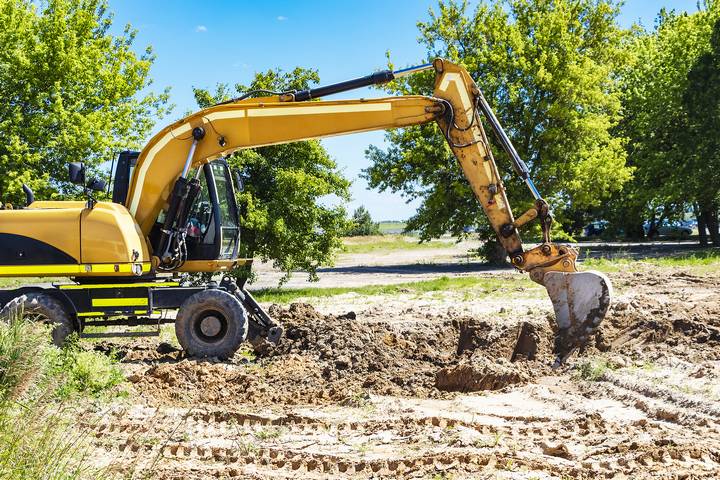 The most common type of excavator is the crawler, which is often found in mining and heavy-duty construction jobs. For the most part, crawlers are known for their two tracks, and also come outfitted with a tank-like chassis. If a trench needs to be dug, or heavy debris needs to be lifted, a crawler will get that job done.
The most common type of excavator is the crawler, which is often found in mining and heavy-duty construction jobs. For the most part, crawlers are known for their two tracks, and also come outfitted with a tank-like chassis. If a trench needs to be dug, or heavy debris needs to be lifted, a crawler will get that job done.
The chain system specifically allows crawlers to move with relative ease, sliding up and down hills effortlessly. This may result in a slower rate of speed, but it also comes with less risk in terms of overall vehicle safety. For certain construction jobs that need to be done in a safe, efficient manner, a crawler is your best bet.
Type #2: Dragline Excavators
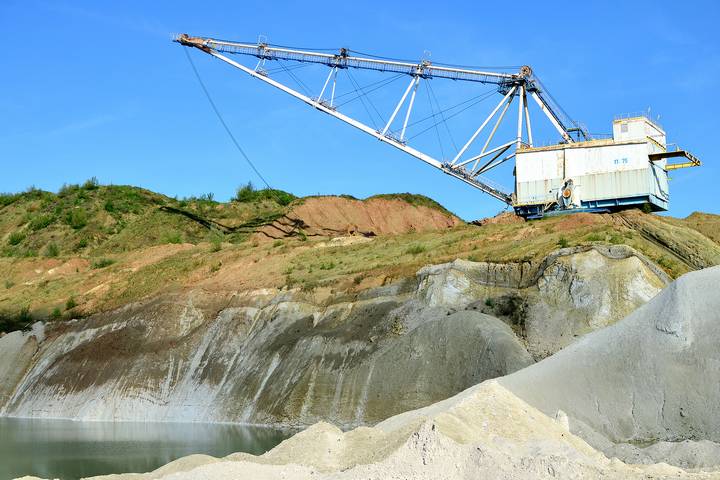 Another common excavator type is the dragline. In terms of sheer stature, dragline excavators stand tall above the rest. These large behemoths are mainly used for deep excavation processes, along with other more meticulous operations. As such, they need to be outfitted accordingly, which allows them to have a digging depth of up to sixty-five meters.
Another common excavator type is the dragline. In terms of sheer stature, dragline excavators stand tall above the rest. These large behemoths are mainly used for deep excavation processes, along with other more meticulous operations. As such, they need to be outfitted accordingly, which allows them to have a digging depth of up to sixty-five meters.
Although it comes with a very fluid excavation system, due its hoist rope system, it is not without some fallbacks. Dragline vehicles are somewhat inflexible, ensuring that they can only be used for specific excavation jobs. However, for operations that take place underwater, there is no better vehicle to use.
Type #3: Wheeled Excavators
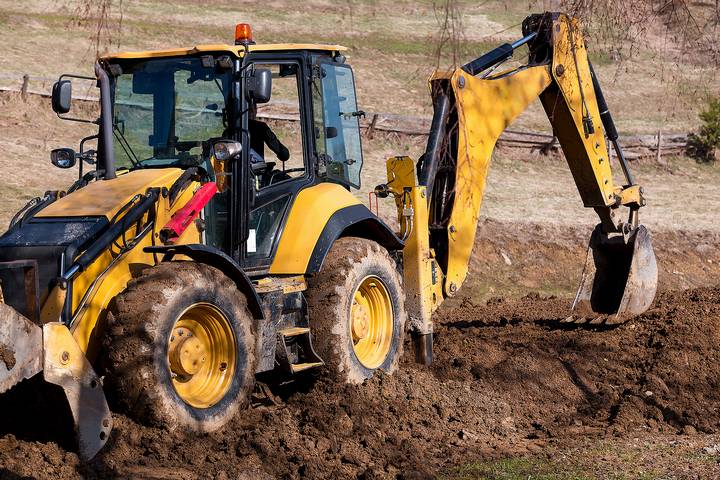 As it pertains to more flat surfaces, an excavator vehicle that can travel smoothly, but safely, is warranted. This is where the need for a wheeled excavator comes in, which allows operators to do just that. In essence, this type of vehicle is like a crawler, but without the unique tracks.
As it pertains to more flat surfaces, an excavator vehicle that can travel smoothly, but safely, is warranted. This is where the need for a wheeled excavator comes in, which allows operators to do just that. In essence, this type of vehicle is like a crawler, but without the unique tracks.
Instead, the wheels attached to the vehicle allow it to traverse surfaces such as asphalt with relative ease. For most construction-related jobs, you will often see a wheeled excavator being used. Where you will not see one typically used is on soil, which can negatively impact its ability to travel properly!
Type #4: Suction Excavators
 Suction excavators, also known as vacuum excavators, employ the use of a high-powered and high-pressure vacuum. Think of a typical vacuum cleaner, but in the form of an excavator; the system works to suck up large amounts of soil and debris. In terms of size, suction systems are not typically large, making them suitable for only smaller scale jobs.
Suction excavators, also known as vacuum excavators, employ the use of a high-powered and high-pressure vacuum. Think of a typical vacuum cleaner, but in the form of an excavator; the system works to suck up large amounts of soil and debris. In terms of size, suction systems are not typically large, making them suitable for only smaller scale jobs.
However, the speed at which the system works supersedes the size of the system outright. Speeds of almost two hundred miles an hour can be reached, which is necessary for heavy-duty related projects. For those jobs that require precision, along with speed, a suction excavator will most likely be used.
Type #5: Long Reach Excavators
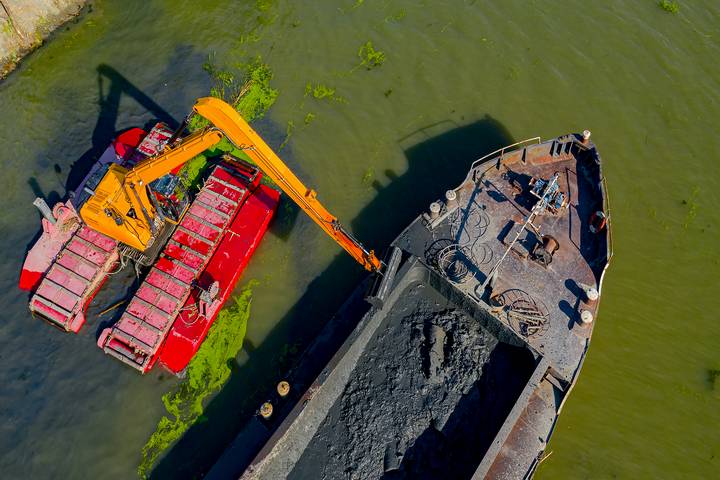 You’ve probably seen these excavator types if you were a fan of the old Transformers cartoon back in the 1980’s. Its purpose, although not as cool as the show, is interesting in its own right. Long reach excavators have a very long, extendable arm attached, allowing the vehicle to operate at safe distances.
You’ve probably seen these excavator types if you were a fan of the old Transformers cartoon back in the 1980’s. Its purpose, although not as cool as the show, is interesting in its own right. Long reach excavators have a very long, extendable arm attached, allowing the vehicle to operate at safe distances.
This is for specific jobs, such as demolition projects, which require the operator to be protected from a distance. As such, you won’t usually see it operating in tight quarters, which prevent the long arm from being used effectively. However, construction jobs that need work to be done from a distance will, for the most part, employ the use of this type of excavator.
Type #6: Skid Steer Excavators
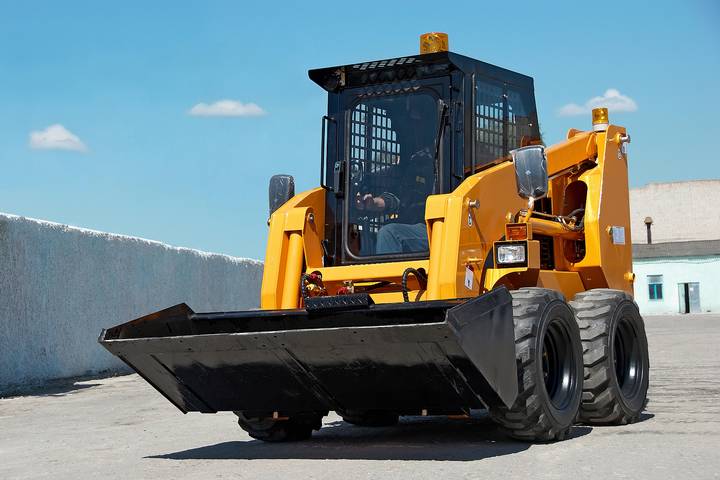 Most of the excavator vehicles described so far are rather large, in terms of sheer size. Sometimes, however, smaller operations will need to be conducted. For those specific operations, a skid steer will often be used. Jobs that need site clearing in limited spaces will often necessitate its usage.
Most of the excavator vehicles described so far are rather large, in terms of sheer size. Sometimes, however, smaller operations will need to be conducted. For those specific operations, a skid steer will often be used. Jobs that need site clearing in limited spaces will often necessitate its usage.
For example, residential work in various cities will often see a couple of skid steers being used. They also come with wheels attached, instead of tracks, which may influence its efficiency on different types of terrain. However, when it comes to smaller projects, there is no better type of excavator to use.

